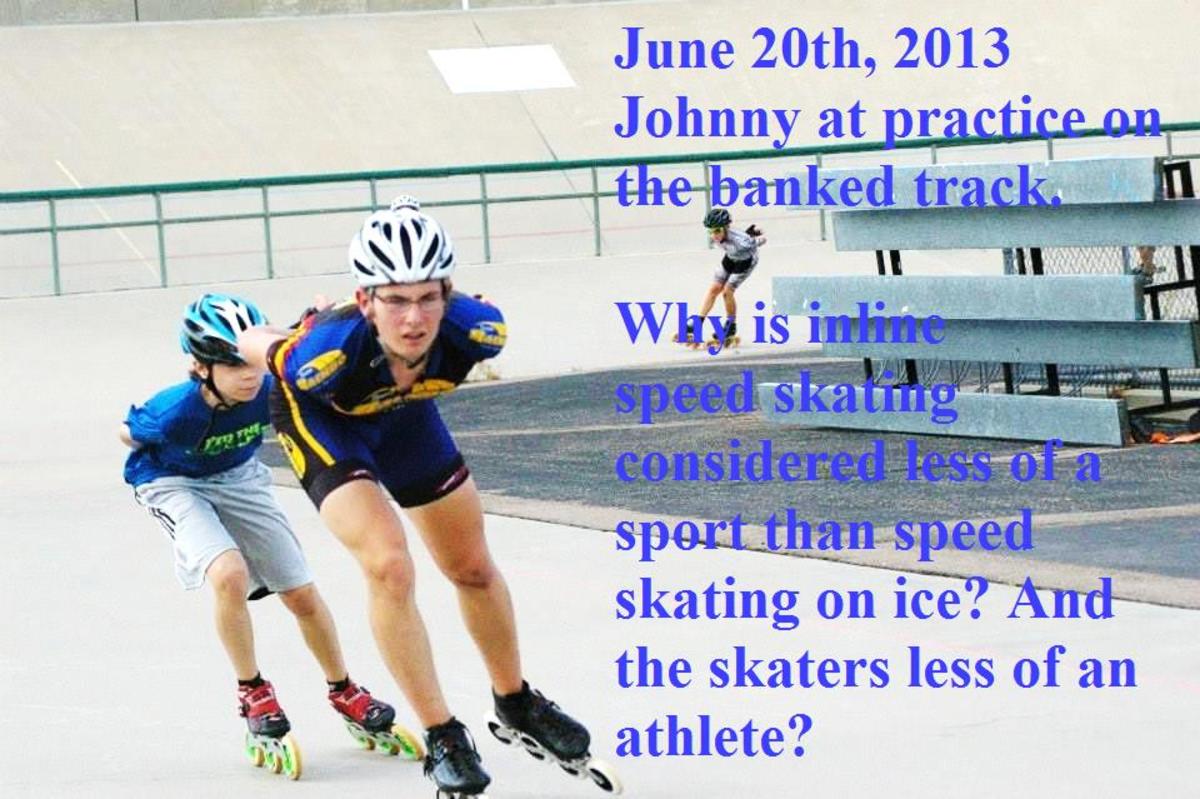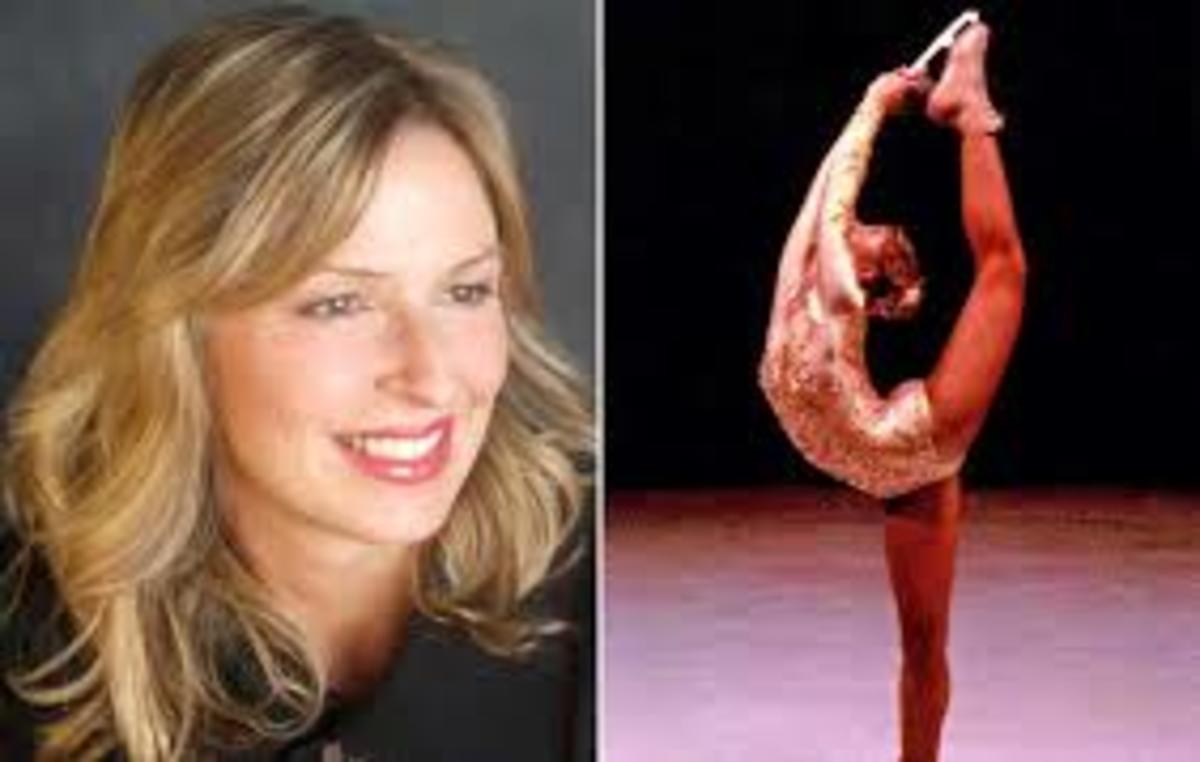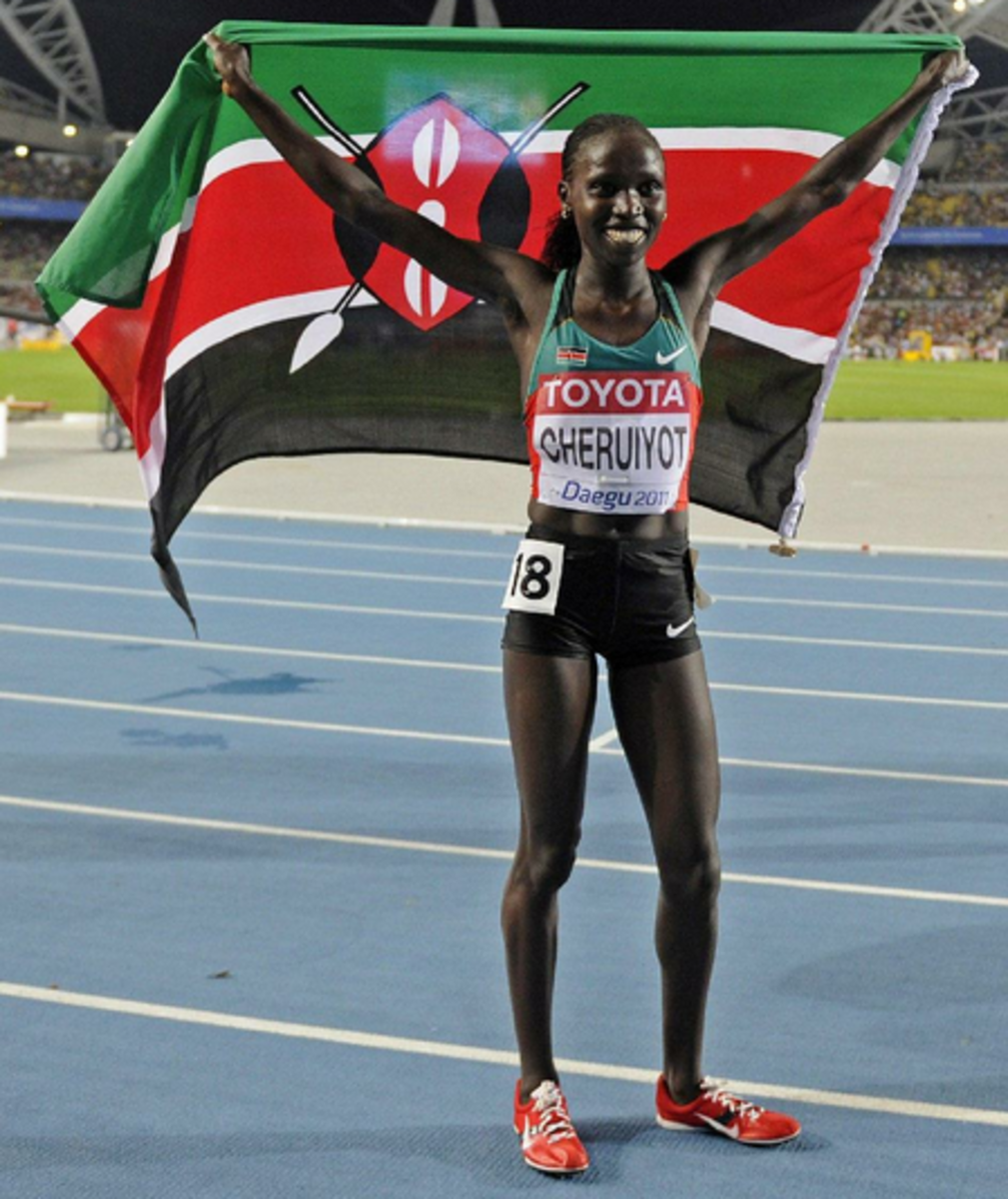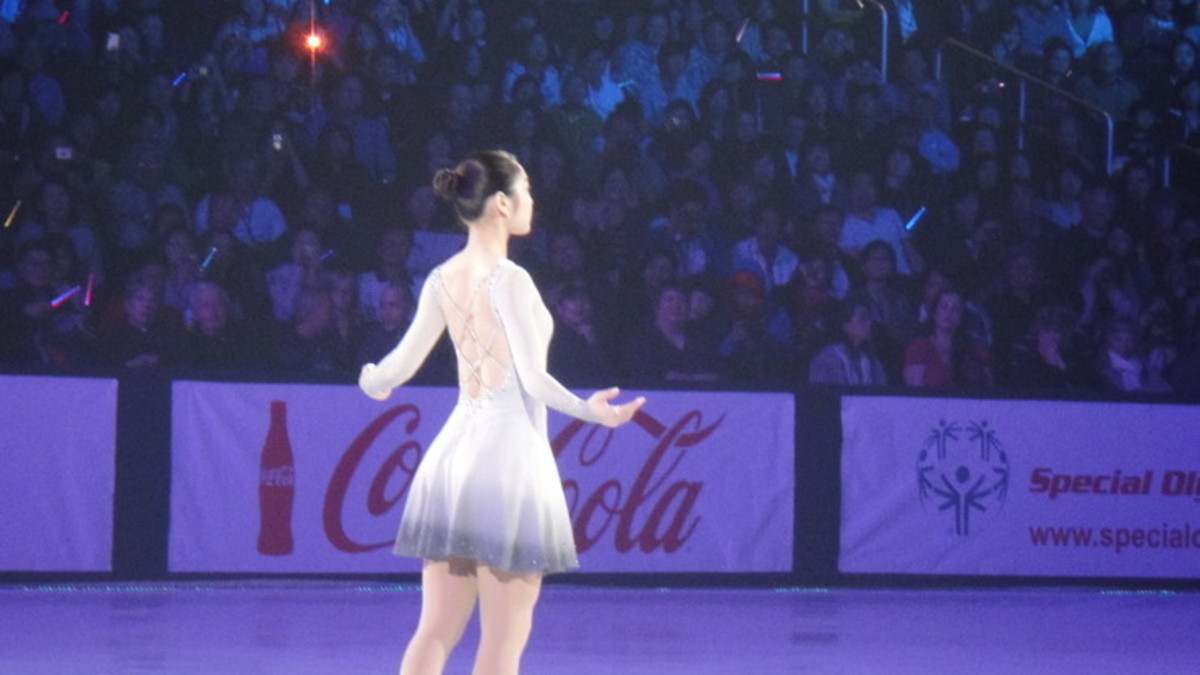Great Skaters: Gabriele Seyfert
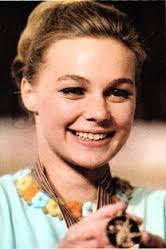
Gabriele Seyfert, who rivaled Peggy Fleming
Gabriele Seyfert was a German figure skater.
Seyfert was a two-time World champion in 1969 and 1970 and won silver in the 1968 Olympics after Peggy Fleming.
Although Seyfert's career was overshadowed by Fleming, she was a champion of her own right.
Her mother was the famous Jutta Muller who would coach Katarina Witt later.
In 1966, Seyfert won silver both in the Europeans and the Worlds and was dubbed as “The GDR female athlete of the year."
Seyfert was also credited for landing triple loop for the first time. Unable to skate on the professional platform due to governmental interference, Seyfert took the job of coaching Anett Potzsch.
Gabriele Seyfert in 1966
Gabriele Seyfert in 1965
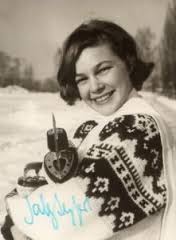
One of greatest power skaters ever
Seyfert was a typical power skater.
Technically brilliant and proficient, Seyfert could have challenged Peggy Fleming, but Peggy Fleming stonewalled her royal court
Fleming at the time left little for her opponents to hope. No one could even dream to upset Fleming who went far ahead of everyone else including Seyfert after compulsories. Then, Fleming came in to kill in free skating.
Besides technical superiority, Fleming had a lethal weapon in the sleeves: Fleming's stylistic elegance was something Seyfert couldn't do anything about.
It appealed too strong to the judges and the crowd alike in contrast with athletic strength in which Seyfert shined.
For Seyfert it was a misfortune to have Fleming in the same arena; otherwise Seyfert could have ruled the world of figure skating in her time.
Gabriele Seyfert in 1968
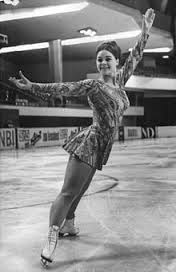
Gabriele Seyfert, champion of power skating
Many people associate power skating with Midori Ito first, or Sonja Henie, but there were prominent power skaters in the 1970s.
One of them was Gabriele Seyfert.
Unlike Midori Ito, whose deficiency in elements other than jump was too notable, Seyfert was a skater with a style of her own. As a power skater Seyfert was a more balanced skater than Ito, and perhaps a technician of even higher caliber than Ito.
As you see in the above her technique is something incredible in today's standards.
Throughout the program Seyfert incorporated her power and speed into her moves ; basically Seyfert knew how a rounded power skater would have to skate.
Especially her double axel as typical in the 1970s shows magnificent height and strength.
1967 European Championships
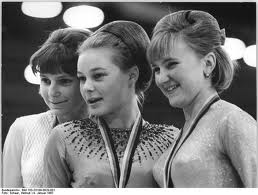
Peggy Fleming's quest against her contemporaries
Power skating was one of standards in figure skating. It wasn't consciously pursued or intended, but naturally developed a style, if you will.
Compulsories require skaters to learn edge skills and in so doing they need to learn how to use and manage their weight for balance and stability. This is important because if skaters fail to learn this, he or she will show premature juniorish skating and eventually unable to handle both jump and skating in general.
It was obvious if you look back at the history of figure skating. Figure skating, as compulsories indicate, started with edge discipline. The so called "figure" and its ideal manifestation on 2 dimensional ice plane involved edge control and its subsequent body control.
In free skating skaters were expected to apply those skills to produce momentum driven creative moves in contextual continuum with music so as to build up aesthetic evocation. Here, you must pay a special attention to the title "free".
Yes, it's free without any restriction by default. There wasn't any boundary set in free skating. The door was open for everybody to try their best and their ideal.
Of course, that doesn't mean there wasn't any consensual understanding of ladies figure skating and its ideal. You should keep in mind, even then, that it wasn't like free for all or chaotic and void like before the Creation. By definition, and since Pre-classic era, feminine aesthetics in athleticism had been the very theme and unspoken rules and principles embedded in the name of figure skating.
Only unlike compulsories etched in stone, free skating and its judging remained amorphous, that is, subjective.
What do you appreciate the most in Seyfert's skating?
Peggy Fleming: the ideal of Classic Figure Skating
Therefore, skaters instinctively knew that speed, power and accuracy are critical ingredients to set them apart from others, if they manage to incorporate them into their skating.
What represents athleticism?
Speed, power and accuracy are indeed what athletes compete and strive for. If you skate faster, more powerful and more accurately, your performance will stand out athletically.
Stronger, faster, and precision competitors shall rule.
So Peggy Fleming objected to that commonsense? Not really.
Actually Peggy Fleming's message in her skating was that they, though critical, are not enough for the ideal of ladies figure skating. For the first time in history Peggy Fleming presented the ideal of Classic Figure Skating in her visionary skating.
After all figure skating is a physiological sport.


